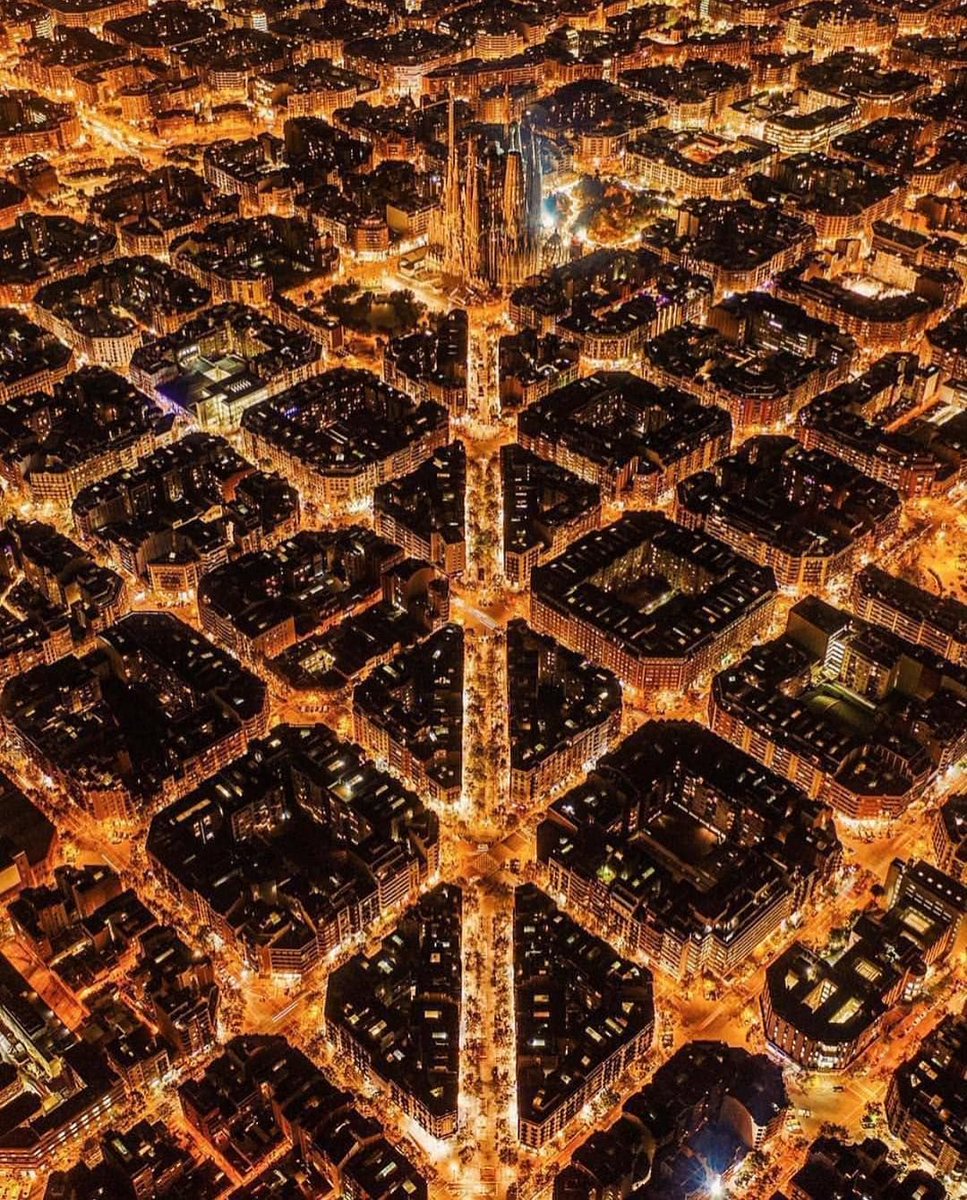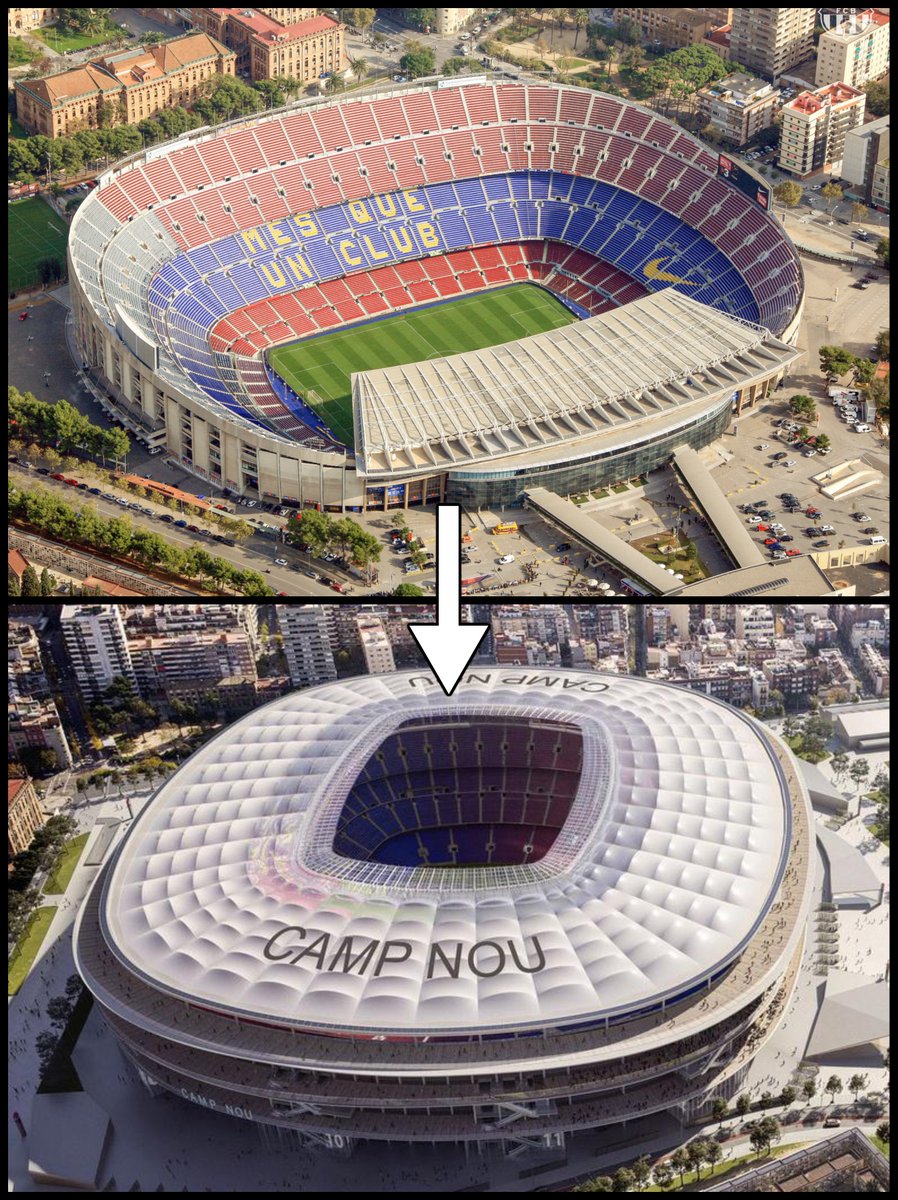The architecture of the Soviet Union (1922-1991) is interesting because it represents a highly conscious effort to build a different world.
The old aphorism that "we shape our buildings and they shape us" was taken as gospel by the architects of the Communist revolution...
The old aphorism that "we shape our buildings and they shape us" was taken as gospel by the architects of the Communist revolution...
The first stage of Soviet architecture is known as Constructivism, which dominated in the 1920s and early 1930s.
Constructivism rejected everything neoclassical and neogothic. It was abstract, industrial, and futuristic.
(Svoboda Factory Club, 1928)
Constructivism rejected everything neoclassical and neogothic. It was abstract, industrial, and futuristic.
(Svoboda Factory Club, 1928)

There was something Utopian about this style of architecture. The Soviets believed they could reshape human nature, and their early architecture speaks to this risky conviction. It was, intentionally, unlike anything that had come before.
(Zuyev Workers' Club, 1929)
(Zuyev Workers' Club, 1929)

Then came Postconstructivism in the mid-1930s, a brief and minor transitional phase from the industrial futurism of Constructivism to a more familiar, neoclassical style.
This apartment block sits somewhere between the two:
This apartment block sits somewhere between the two:

And the Opera and Ballet Theatre in Minsk, from 1938, perfectly encapsulates this transition.
It still has the futuristic angles of Constructivism, but its use of columns and entablatures is a clearly classical design-choice.
It still has the futuristic angles of Constructivism, but its use of columns and entablatures is a clearly classical design-choice.

And so, the second major phase of Soviet architecture was Stalinism, which did turn to the past for inspiration, particularly from classical architecture - but with a unique Soviet spin.
Consider the entrance to the Exhibition of Achievements of National Economy, opened in 1935:
Consider the entrance to the Exhibition of Achievements of National Economy, opened in 1935:

This arch sits in the uncanny valley. It *sort of* looks like a Roman triumphal arch, or any number of neoclassical arches... but there's something off about it.
See the Arch of Constantine, from 315 AD, for comparison:
See the Arch of Constantine, from 315 AD, for comparison:

Here's a good way to understand Stalinist architecture:
The Soviets demolished the Cathedral of Christ the Saviour in 1931, a symbol of everything communism opposed.
(This, if it was needed, is a stark reminder of the importance of architecture and the message it sends.)

The Soviets demolished the Cathedral of Christ the Saviour in 1931, a symbol of everything communism opposed.
(This, if it was needed, is a stark reminder of the importance of architecture and the message it sends.)


Stalinist architecture has also been called Socialist Classicism.
That makes sense, as we saw with the Exhibition arch above.
Here's the Red Army Theatre, started in 1934 and finished in 1940. Constructivism was well and truly gone.
That makes sense, as we saw with the Exhibition arch above.
Here's the Red Army Theatre, started in 1934 and finished in 1940. Constructivism was well and truly gone.

One of the crowning achievements of Stalinist architecture was the Moscow Metro.
It was an eclectic mix of historical styles, ranging from futurism to Art Deco to Baroque to neoclassicism.
Solniki, one the first stations (1935), has a simple Art Deco design:
It was an eclectic mix of historical styles, ranging from futurism to Art Deco to Baroque to neoclassicism.
Solniki, one the first stations (1935), has a simple Art Deco design:

Meanwhile, Komsomolskaya Station is shamelessly Baroque, harking back to the florid ornamentation of the 18th century: 

By the late 1950s, however, the richness and decadence of Stalinist architecture had become problematic.
Consider VDNKh station, completed in 1958. Notice how much of the ornament in something like Komsomolskaya has been stripped away.
Consider VDNKh station, completed in 1958. Notice how much of the ornament in something like Komsomolskaya has been stripped away.

The other legacy of Stalinist architecture was these monumental skyscrapers, modelled on the original "Seven Sisters" built in Moscow between 1947 and 1953.
These combined the Baroque, the Classical, and even the Gothic into colossal Soviet castles:
These combined the Baroque, the Classical, and even the Gothic into colossal Soviet castles:

And the Seven Sisters were imitated across the USSR, as in Warsaw's Palace of Culture and Science, completed in 1955: 

But, as time went on, Stalinist architecture and Socialist Classicism faded away.
Nikita Khrushchev openly condemned Stalinist "excess", and Soviet architecture underwent a third stylistic change in the 1960s.
It swung back to a more modern and austere style:
Nikita Khrushchev openly condemned Stalinist "excess", and Soviet architecture underwent a third stylistic change in the 1960s.
It swung back to a more modern and austere style:

This wasn't just an ideological shift; it was also economic, because Stalinist architecture was expensive.
Consider the typical copy-and-paste Soviet apartment blocks. These were cheap and easy to build.
This model originates in the 1960s, and was known as Khrushchyovka:
Consider the typical copy-and-paste Soviet apartment blocks. These were cheap and easy to build.
This model originates in the 1960s, and was known as Khrushchyovka:

And they were succeeded by "Brezhnevkas" in the 1970s and 1980s, which were much taller and larger.
This trend of cheap, standardised, concrete high-rises has come to define late Soviet architecture.
This trend of cheap, standardised, concrete high-rises has come to define late Soviet architecture.

But this stylistic shift also led the USSR to embrace Brutalism, albeit a little later than in the West.
Here is the Buzluzhda Monument in Bulgaria (1981), and the Transport Ministry in Georgia (1974):

Here is the Buzluzhda Monument in Bulgaria (1981), and the Transport Ministry in Georgia (1974):


While the House of the Soviets in Moscow and the National Palace of Culture in Bulgaria, both completed in 1981, represent the height of post-Stalinist Soviet architecture.
But they are vaguely Constructivist. The architectural journey had come full circle...

But they are vaguely Constructivist. The architectural journey had come full circle...


And that's a brief introduction to Soviet architecture.
It's a unique era from which we can learn about how architecture is used to shape society, send political messages, and influence ordinary people.
And also how architectural styles flow and react to one another over time.
It's a unique era from which we can learn about how architecture is used to shape society, send political messages, and influence ordinary people.
And also how architectural styles flow and react to one another over time.
If you enjoyed this brief guide to Soviet architecture then you may like my free weekly newsletter, Areopagus.
Seven short lessons every Friday, including art, architecture, history, and classical music.
Consider subscribing here:
culturaltutor.com/areopagus
Seven short lessons every Friday, including art, architecture, history, and classical music.
Consider subscribing here:
culturaltutor.com/areopagus
• • •
Missing some Tweet in this thread? You can try to
force a refresh
























